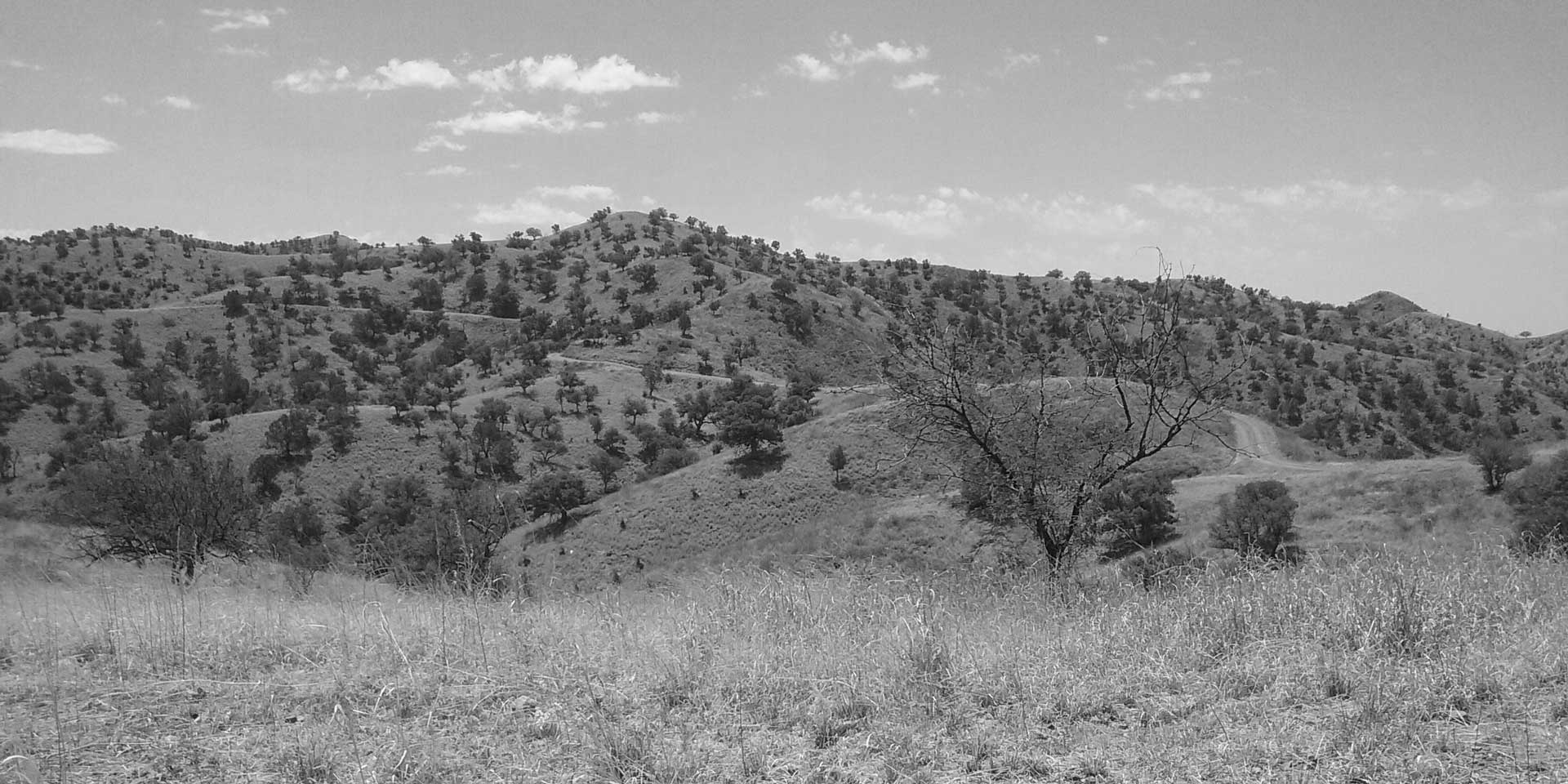Frequently Asked Questions

Glossary
FRS: Family Reference Sample, which is the formal name for DNA collected from families
PCOME: Pima County Office of the Medical Examiner
CBP: Customs and Border Protection
CODIS: Combined DNA Index System, which is the FBI database that is often used to identify missing people
Statistics
Since 1998, over 7,805 people have lost their lives while crossing the US-Mexico border
Of those, at least 3,241 have died in southern Arizona
More than 3,500 people have been reported missing to Colibrí
Still close to 1,192 sets of remains recovered in Arizona have yet to be identified
Colibrí has facilitated the identification of 204 people. Of those, 135 have been identified through DNA.
Disappearance is not the same as death. Colibrí has over 3,500 open missing persons cases, meaning the person has not been confirmed to be alive or deceased; Colibrí considers these people to be disappeared. Unfortunately, due to the hostile nature of the desert in the borderlands, some people’s remains have not been found and may never be. The 1,192 cases of unidentified remains in the Pima County Office of the Medical Examiner only represents remains found in Arizona. Colibrí holds reports of missing migrants in areas outside Arizona including Texas, California, New Mexico, and Mexico. For these reasons, the number of missing people is not equivalent to the number of remains waiting to be identified.
Identifying remains
The DNA sampling and matching process takes many months. On average, people who submit DNA samples to the Colibrí Center receive a report on the results in 6 to 12 months. Those reports usually say that either no match was made, or that the missing loved one was identified as a result of the sample.
Depending on the state in which the remains are found, it can be exceedingly difficult to identify them by appearance. While bodies of recently deceased people may still have fingerprints, possessions, or other items that can help identify them, most of the remains found in the desert are skeletonized, meaning that DNA is the only possible way to confirm who the person was.
The medical examiner must know for certain that they have correctly identified someone, as this is both a legal declaration and significant news for the family. Only in rare cases are remains identified without fingerprint testing or DNA. In those cases, very unique belongings or circumstances help identify the person, but most often in conjunction with DNA testing.
Every set of remains that is brought to the Pima County Office of the Medical Examiner (PCOME) is thoroughly documented. A full anthropology report is made, and DNA is sampled from the remains. Depending on the condition of the remains, fingerprints can also be taken. From 2007-2018, remains that had spent more than 12 months without being identified were cremated, and the cremains are stored in the medical examiner’s facility, awaiting the day the person is identified and the family can receive the remains of their loved one. The staff of the PCOME approach this issue in a humanitarian way, acknowledging and respecting those who have perished.
Unfortunately, the practices of the PCOME are not common along the border. In many jurisdictions, medical examiners take only the most basic steps to try to identify remains and dispose of remains in less respectful ways.
The process of repatriation is overseen by the consulate of the country of origin. Depending on the consulate and other details, repatriation can occur quickly or can take many months after the person has been identified. The Colibrí Center has no control over the repatriation process.
When an identification is made, the family works with their country’s consulate to begin the repatriation process. Consulates are responsible for the repatriation of remains and covering the cost to do so, and practices vary by country.
Remains are usually discovered by ranchers, people hiking or hunting, humanitarian aid workers and search and rescue groups, people who reside in indigenous reservations, or the Border Patrol. When remains are found and authorities are notified, it is the responsibility of local law enforcement officials to collect the remains and transport them to the office of the medical examiner. Colibrí plays no role with the recovery of remains; Colibrí works with the families of missing loved ones to collect the information needed to identify the remains found by others.
